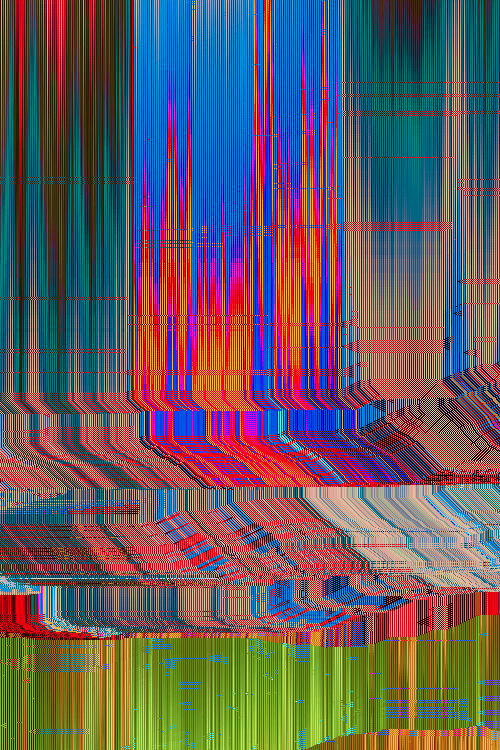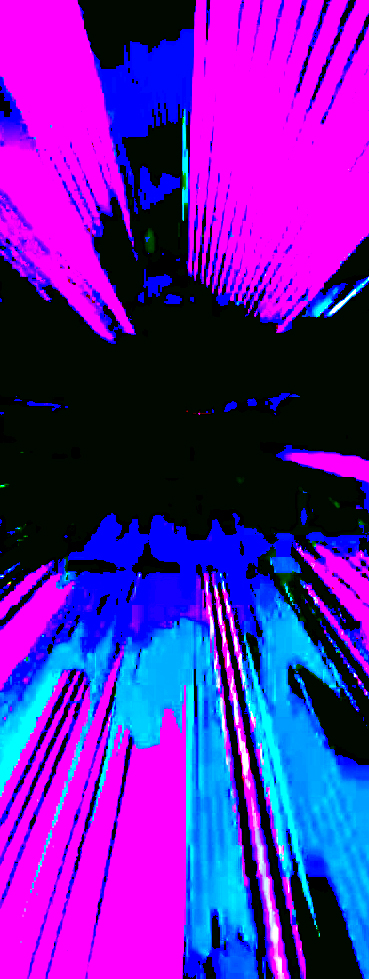
PHILLIP STEARNS
Memoria frammentata
Phillip Stearns utilizza in modo creativo tutte le forme di elettronica nel suo lavoro, spesso mescolando luce e suono con tecniche tradizionali come la tessitura. Un aspetto del suo lavoro è la trasformazione della glitch art in disegni intrecciati attraverso il suo marchio tessile concettuale Glitch Textiles, fondato nel 2011. Questo spazia dalla visualizzazione di dati binari grezzi delle applicazioni alla scrittura di algoritmi personalizzati per generare modelli che possono essere trasformati in tattili e funzionali opere d’arte. Un’altra impresa è il trittico Fragmented Memory di grandi arazzi tessuti completato nel maggio 2013 al TextielMuseum di Tilburg, nei Paesi Bassi. Questo progetto ha utilizzato pratiche e processi digitali per sfumare i confini tra fotografia, visualizzazione dei dati, design tessile e informatica.







